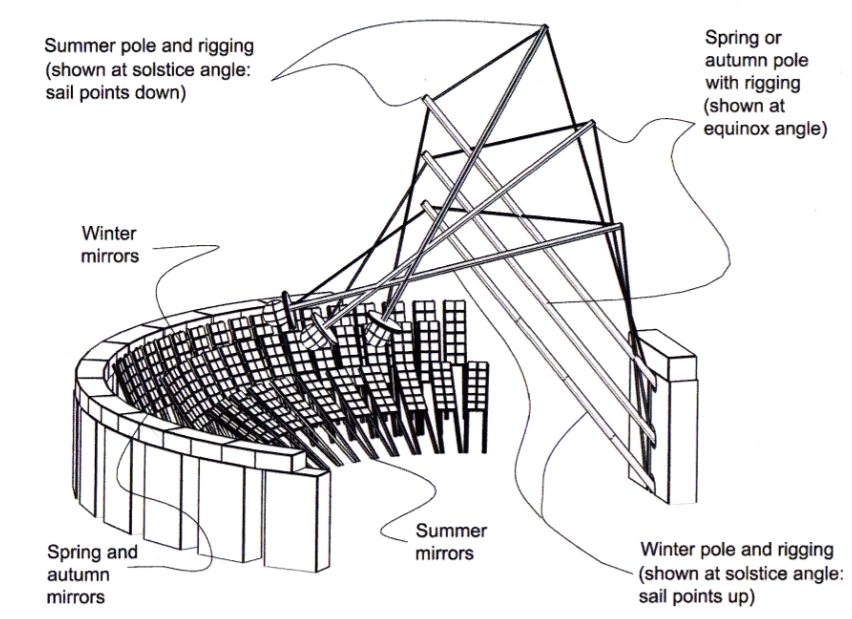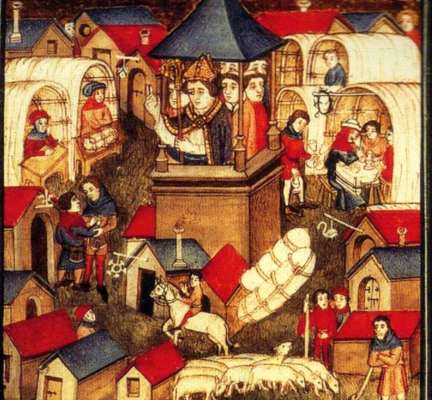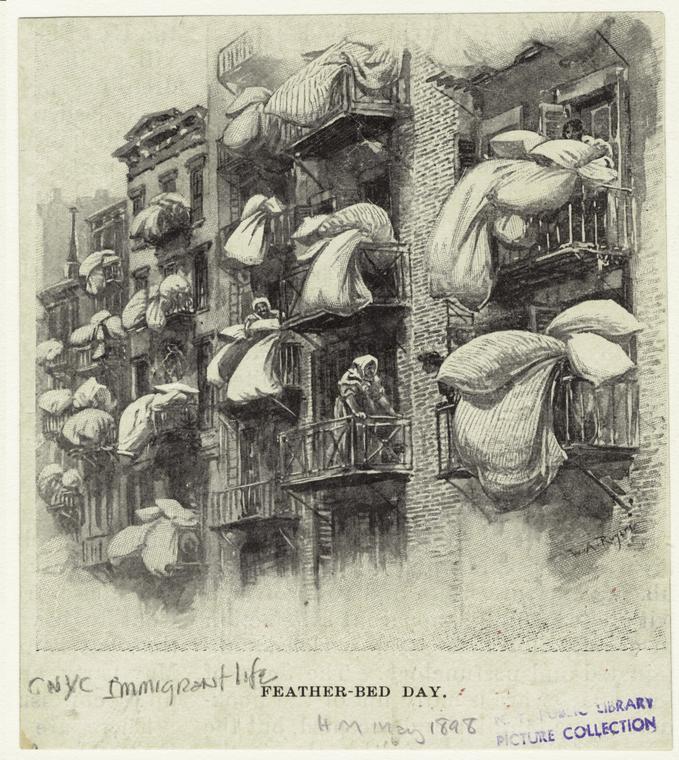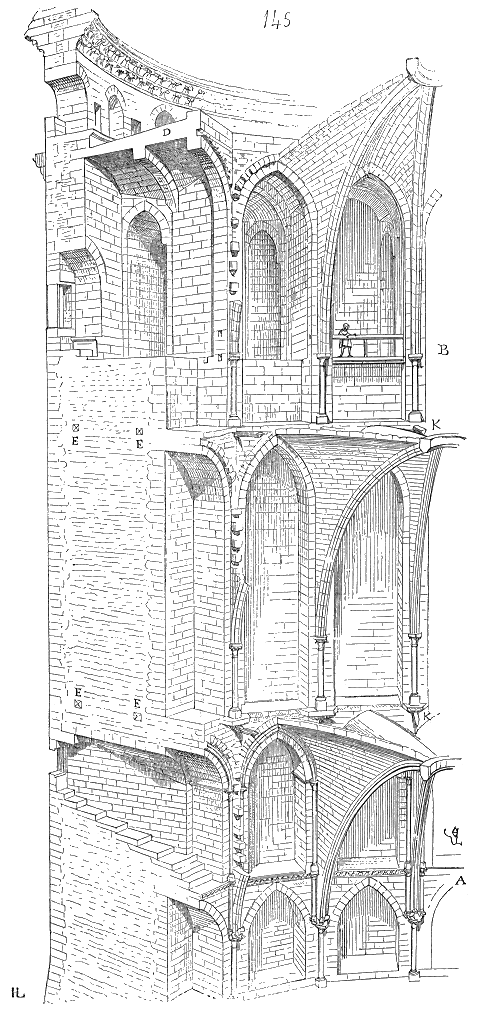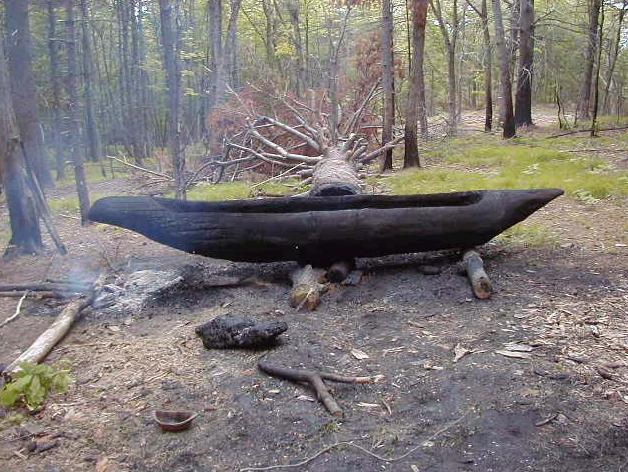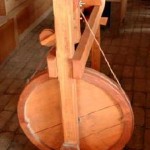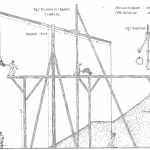Lugares Abandonados is a fascinating blog documenting abandoned buildings in Spain.
There are quite some photo reportages about factories, and this one in particular is noteworthy: a forgotten flour mill with part of the machinery still in excellent condition.
The author does not reveal any location for any of the buildings on the blog.
